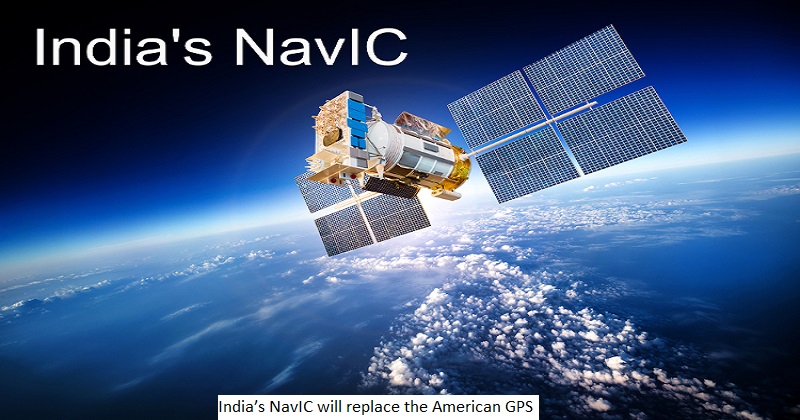
India is on track to construct a more robust, precise, and secure regional satellite navigation system (NavIC) than the current US government-owned Global Positioning System (GPS), which has become synonymous with commuting in our daily lives. ISRO successfully launched NVS-01, a sophisticated second-generation navigation satellite operating in the L1, L5, and S bands, on Monday as a first step. According to the Indian Space Research Organisation (ISRO), in the near future, all mobile phones in India may use NavIC-enabled chipsets instead of GPS.
After 15 years of effort, India obtained spectrum allocation from the International Telecommunication Union (ITU) to use the L1 band, a civilian frequency formerly monopolised by the US. The L1 navigation band is widely used for civilian PNT (Position, Navigation, and Timing) services and interoperability with other Global Navigation Satellite Systems (GNSS). The navigation satellite was launched on a cryogenic upper stage of a GSLV rocket. After a 27.5-hour countdown, the 51.7-meter-tall, three-stage Geosynchronous Satellite Launch Vehicle lifted out from the spaceport’s second launch pad at 10.42 a.m. The rocket sent the 2,232 kg satellite into its planned Geosynchronous Transfer Orbit (GTO) just under 20 minutes after takeoff. S Somanath, chairman of ISRO, stated, “We will add four more satellites to the NavIC.”

Post Your Comments